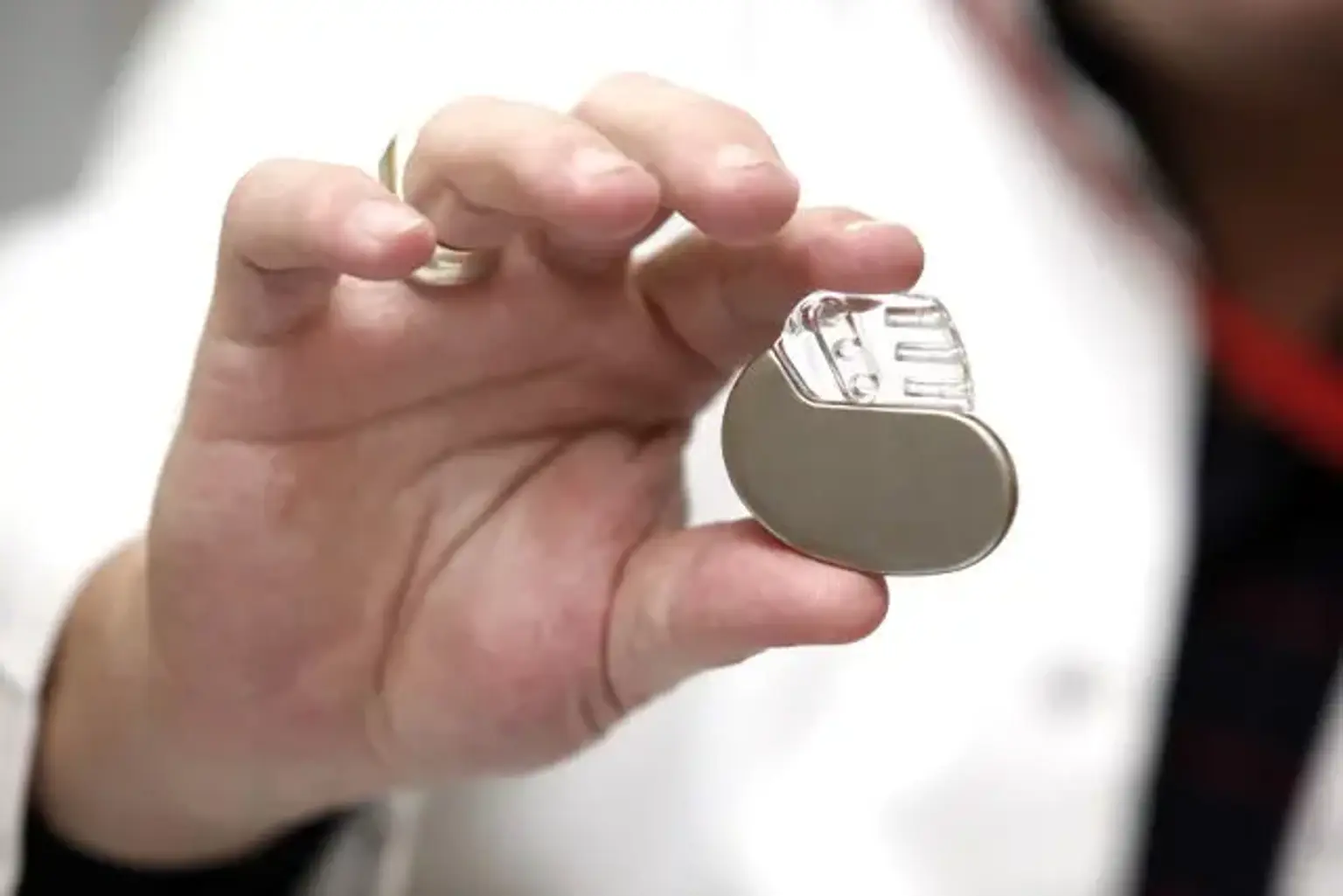Biventricular pacemaker (Heart failure pacing)
Overview
Heart failure is one of the leading causes of morbidity and death across the world, and it is associated with a lower life expectancy, a worse quality of life, and a greater cost burden on the healthcare system.
Heart failure can be caused by a variety of factors, but the most common is left ventricular systolic dysfunction. Over the last three decades, breakthroughs in the medical therapy of patients with heart failure with lower ejection fraction have improved patient survival, but heart failure morbidity and death have remained high.
A cardiac pacemaker (or artificial pacemaker, to distinguish it from the natural pacemaker of the heart) is a medical device that make electrical impulses delivered by electrodes to cause the heart muscle chambers to contract and thus pump blood; by doing so, this device replaces and/or regulates the function of the heart's electrical conduction system.
